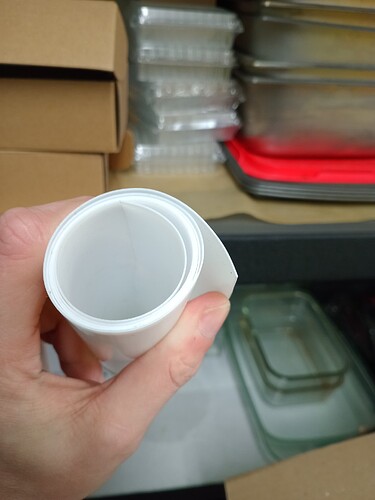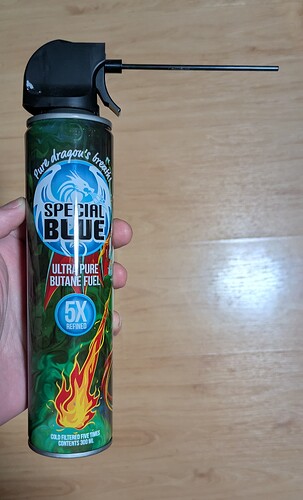The non-stick properties of parchment papers are achieved by polydimethylsiloxane (PDMS) coatings
Conclusions
It has been demonstrated in this work that the transfer of PDMS oligomers is not just a phenomenon unique to silicone rubber baking molds but appears to represent a general characteristic of this compound class. Leaching of silicone from coated parchment paper becomes more notable when baking is performed at higher temperature and for longer duration. Also, the fat content of the baked food and the intensity of the contact between the food and parchment paper play a role. While PDMS oligomers are extracted from the parchment paper causing its depletion in silicone, the baked goods are concomitantly enriched. Provided that omission of parchment paper is not an option, from the consumer point of view, multiple uses of the parchment paper as suggested by some manufacturers appear in fact the best approach to reduce the overall uptake of PDMS from this source.
https://efsa.onlinelibrary.wiley.com/doi/10.2903/j.efsa.2020.6107
Corneal opacities and other effects on cornea observed in rats studies have been considered as caused by direct contact with the test substance in the feed, or with the test substance in the faeces and not due to systemic exposure.
Degradation product exposure studies:
https://doi.org/10.1016/S0032-3861(01)00785-6
https://www.canada.ca/en/environment-climate-change/services/evaluating-existing-substances/assessment-siloxanes-group.html#toc8
In repeated studies in rats with subacute, subchronic and chronic inhalation exposure, mild effects on the respiratory tract typically seen after inhalation of irritating materials, increases in liver weight (28- and 90-day inhalation studies), and a small increase in the incidence of uterine adenocarcinoma (uterine tumor) in female rats (two-year inhalation chronic bioassay) were observed. The liver effects induced by D5 were consistent with D5 as a weak “phenobarbital-like” inducer of xenobiotic metabolizing enzymes and these effects are considered to be an adaptive response. Mechanistic studies to elucidate the mode-of-action for uterine tumor induction suggest an interaction of D5 with dopamine signal transduction pathways altering the pituitary control of the estrus cycle. The resulting estrogen imbalance may cause the small increase in uterine tumor incidence at the highest D5-exposure concentration over that seen in control rats. source
Treatment-related results from a chronic inhalation study conducted in rats are limited to mild effects on the respiratory tract, increases in liver weight, increases in the incidence of uterine endometrial epithelial hyperplasia, and a dose-related trend in the incidence of endometrial adenomas. The observed increases in liver weight appear to be related to the induction of hepatic metabolizing enzymes, similar to those that are induced in the presence of phenobarbital. D4 is not mutagenic or genotoxic in standard in vitro and in vivo tests; therefore, the benign uterine tumors observed likely occur by a non-genotoxic mechanism. source
this stuff is listed as a food additive under E900, but it doesn’t have any kinda safety rating for inhaled amounts that I can find. As a consumer, I’m not really keen on the idea of inhaling silicone polymers but I’m curious if anyone more knowledgeable has any thought as to potential risks here. The thermal degradation products appear to be decidedly worse.
Has anyone ever tested for contamination from silicone leaching due to parchment? Same stuff is in a lot of vacuum greases as well. I’m curious how concentrations would differ for shatter being poured straight onto it while still wet with solvent, versus rosin being pressed through with heat and pressure. I talked to someone at a lab in WA and they believe they could test for it, but it’s not something I’ve really been able to make a business case for, or shell out for myself, but I think it’s worth exploring


